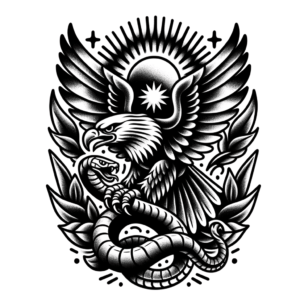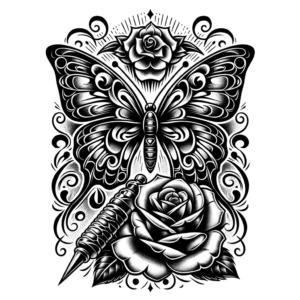
Chicano Tattoo Ideas
Dive into Mexican-American culture and browse more than 300 unique tattoo art designs inspired by the Chicano community and Pachuco culture. You’ll find a wealth of political, religious, and historical Chicano-style tattoos created with our AI tattoo generator. View our gallery to influence your next ink fix, or try our custom tattoo designer to create your own designs today.
No results found!


Dreamy Chicano Heart

Rugged Chicano Eagle Feather

Warrior Chicano Skull With…

Hardy Chicano Cross

Beast Chicano Eagle

Heroic Chicano Dragon

Viking Chicano Cross

Adventurous Chicano Serpent

Dominant Chicano Dragon

Bold Chicano Skull

Dynamic Chicano Serpent

Savage Chicano Dragon

Gritty Chicano Skull

Spartan Chicano Serpent

Loyal Chicano Serpent

Rugged Chicano Skull

Chicano Hot Dog With…

Chicano Raccoon

Chicano Robot With Antenna

Chicano Lemon With Slice

Chicano Eagle With Snake

Chicano Rosary Beads

Chicano Praying Hands

Chicano Aztec Sun

Chicano Sugar Skull

Chicano Eagle

Chicano Rose With Banner

Chicano Praying Hands With…

Chicano Butterfly With Roses
Didn’t Find What You’re Looking For?
Chicano Tattoo Designs & Ideas
What Is Chicano Tattoo Style?
Chicano tattoo style is a type of body art primarily influenced by the Mexican-American community in the southwestern United States. Chicano tattoos often feature highly elaborate designs filled in with fine-line work and softer shading.
While Chicano-style tattoos have been around for a long time, the style has been popularized by renowned tattoo artists such as Freddy Negrete and Chuco Moreno.
Chicano tattoos are heavily influenced by various art forms and typically include political or historical imagery, or themes of religion, family, or life experience.
They are often very similar to black and gray realism tattoo style but usually feature themes or design elements more common to Mexican life in the United States.
Popular Chicano Tattoo Placement Ideas
Half and full-sleeve tattoos are common placement ideas for Chicano tattoos. But people often get patchwork Chicano-style tattoos that might cover their entire chest, stomach, ribs, and back.
Chicano tattoos can be individual pieces, or they may be a patchwork of cultural portraits, images, and iconography that are important to the wearer.
Either way, you can get a Chicano-style tattoo practically anywhere on your body.
Smaller Chicano-style tattoos can be placed on pretty much any smaller body parts, like your wrists, hands, calves, or feet. But larger, more intricate designs will obviously require more skin.
So if you’re planning on getting a larger Chicano tattoo, like a half or full sleeve, be prepared to dedicate a lot more of your skin for your new piece.
Women’s Chicano Tattoo Ideas
Men typically get Chicano tattoos. But there’s absolutely nothing that says women can’t get Chicano-style tattoos.
Women can choose from a wide range of Chicano tattoo designs, such as catholic iconography, Virgin Mary designs, Spanish words or phrases, Aztec symbols, and much more.
You can browse our eccentric AI-generated tattoo gallery to find inspiration for your next feminine Chicano-style tattoo.
Or, check out our free AI-powered tattoo designer to come up with your own unique Chicano designs from scratch.
Men’s Chicano Tattoo Ideas
Vatos might prefer to choose themes and design elements that are slightly more masculine in nature.
In our AI-based Chicano tattoo gallery, you’ll find plenty of stunning, one-of-a-kind designs, such as prison-style tattoos, laughing clowns, rugged Chicano skulls, praying hands, and much more.
Another popular option for men is to get text or script-style tattoos to express whatever feelings or emotions they may have about their life, their culture, or the world they live in.
Chicano Tattoo Meaning
As a style, Chicano tattoos don’t have any particular meaning. But individually, Chicano tattoos are often heavily influenced by an individual’s cultural heritage, political background, and religious beliefs. Chicano culture tattoos often evoke feelings of pride, culture, family, and faith.
That said, individuals are free to choose whatever themes or meanings they feel are important for their Chicano-style tattoos.
While many Chicano tattoos include the themes listed above, your Chicano tattoo should have whatever meaning you feel is important to you.
Create Your Own Chicano Tattoo!
Popular Styles
Popular Placement
Related Ideas